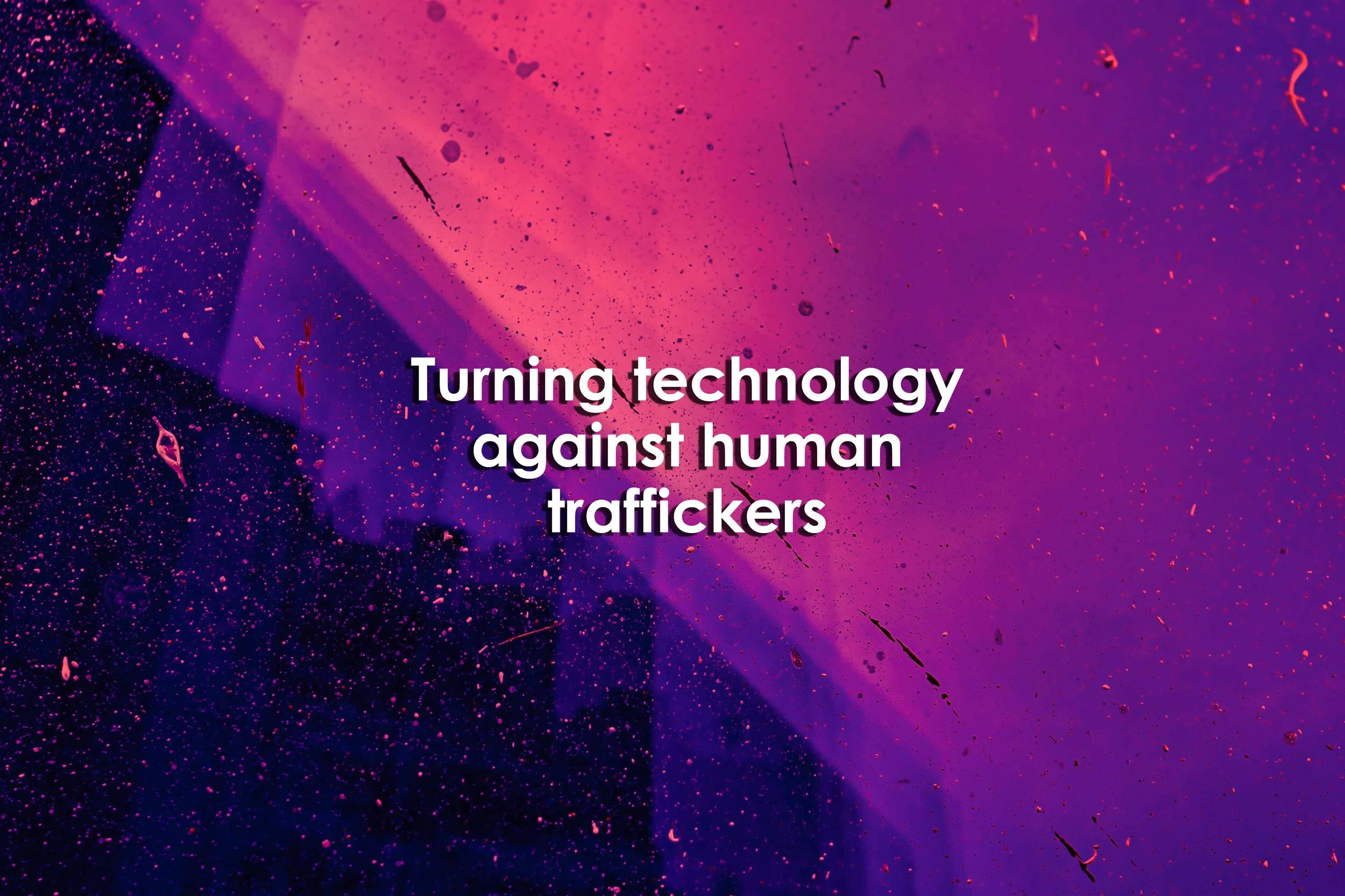Turning technology against human traffickers
Turning technology against human traffickers
Turning technology against human traffickers
By Kylie Foy
May 6, 2021
Summary
In 2019, 11,500 situations of human trafficking in the United States were identified through the National Human Trafficking Hotline, and the federal government estimates there are nearly 25 million victims globally.
In recent years, researchers in the Humanitarian Assistance and Disaster Relief Systems Group have met with federal, state, and local agencies, nongovernmental organizations, and technology companies to understand the challenges in identifying, investigating, and prosecuting trafficking cases.
"Traffickers are using technology to gain efficiencies of scale, from online commercial sex marketplaces to complex internet-driven money laundering, and we must also leverage technology to counter them," says Matthew Daggett, who is leading this research at the laboratory.
In July, Daggett testified at a congressional hearing about many of the current technology gaps and made several policy recommendations on the role of technology countering trafficking.
One the most mature capabilities at the laboratory in countering human trafficking deals with the challenge of discovering large-scale, organized trafficking networks.
To help investigators do that, Li has been developing machine learning algorithms that automatically analyze online commercial sex ads to reveal whether they are likely associated with human trafficking activities and if they belong to the same organization.
Once a human trafficking investigation is underway, the process of analyzing evidence to find probable cause for warrants, corroborate victim statements, and build a case for prosecution can be very time- and human-intensive.
Improving training for law enforcement, specifically in interacting with victims, was one of the team's recommendation in the trafficking technology roadmap.
Some progress has been made toward that goal - the federal government has now launched the Center for Countering Human Trafficking, the first integrated center to support investigations and intelligence analysis, outreach and training activities, and victim assistance.
"Thoughtfully designed technology can empower the collective counter-human trafficking community and disrupt these illicit operations. Increased R&D holds the potential make a tremendous impact by accelerating justice and hastening the healing of victims."
Reference
Foy, K. (2021, May 6). Turning technology against human traffickers. MIT News | Massachusetts Institute of Technology. https://news.mit.edu/2021/turning-technology-against-human-traffickers-0506


